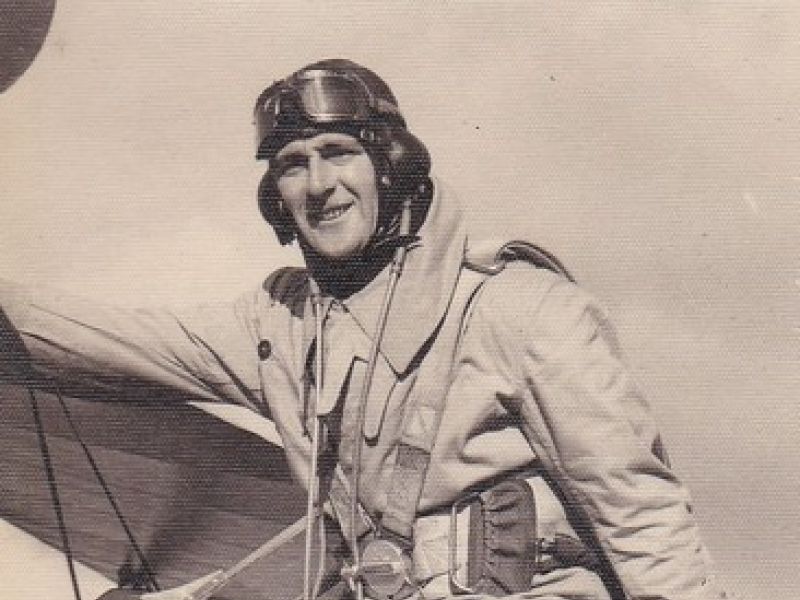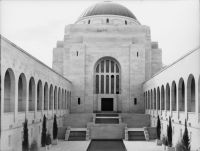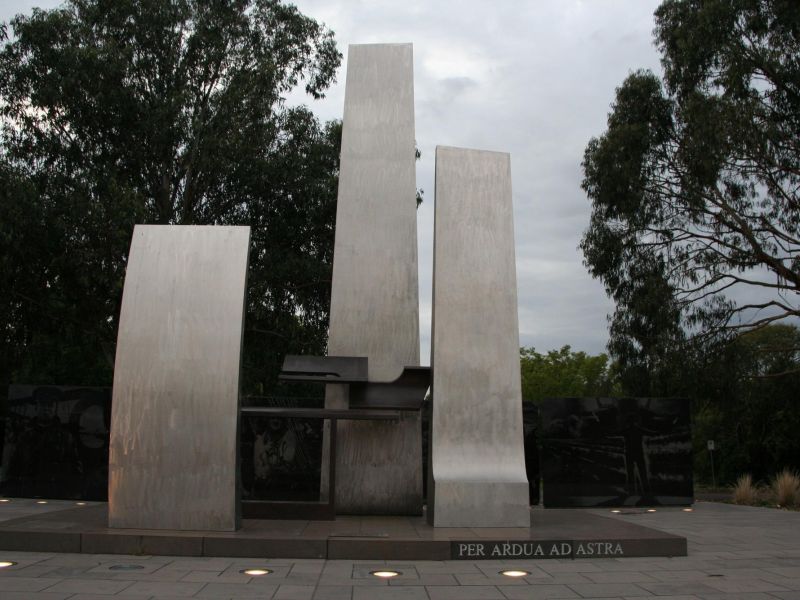Pilot Officer Frank Leslie Oliver Thorn, No. 23 Squadron, RAAF
Frank Thorn was born on 16 August 1912 in St Arnaud, Victoria, one of five sons born to James and Beatrice Thorn.
He grew up in the Melbourne suburb of Thornbury, and after school worked for the Black and White Whisky Company.
Having played club cricket for Thornbury, Thorn went on to play seven first-class matches for Victoria. The off-spinner was famed for dismissing Donald Bradman for five in a 1939 match against South Australia, thwarting Bradman’s hope of achieving a record seven consecutive first-class centuries.
In January 1941 Thorn married Bertha Claire Macintosh, but the pair would not be together for long. On 3 February Thorn enlisted in the Royal Australian Air Force at Melbourne.
After training in Essendon, Amberley, and Nhill, he was posted to 23 Squadron in January 1942. Based at RAAF Station Archerfield near Brisbane and equipped with CAC Wirraways and Lockheed Hudsons, 23 Squadron were conducting seaward patrols and escorting shipping.
On 11 February 1942, Thorn was a crew member on a Hudson that took off from 7-Mile Drome near Port Moresby. The formation of three Hudsons bombed two Japanese ships at Gasmata Harbour: the Kinryu Maru and Kozui Maru. Over the target, the planes were intercepted by four Japanese fighter aircraft that had taken off from Gasmata Airfield.
Japanese pilot Satoshi Yoshino claimed two Hudsons in that combat – one of which was the aircraft in which Frank Thorn was a crewmember. Four men were lost with the aircraft: Flying Officer Graham Gibson, Sergeant Barton Coutie, Sergeant Arthur Quail, and Pilot Officer Frank Thorn.
An RAAF search party spotted the wreckage of a Hudson (which it assumed was the one containing Thorn) in the sea off Gasmata, but was unable to recover anything from it.
The entire crew was declared dead on the day of the mission, and the crew members were listed on the Rabaul Memorial as having “No Known Grave”.
It wasn’t until 2008, 66 years after the aircraft had gone missing, that its wreckage was discovered by a missionary on New Britain and his son in thick jungle on a ridge inland from the town of Gasmata.
- AWM Roll of Honour https://www.awm.gov.au/collection/R1718631

 Australian War Memorial
Australian War Memorial